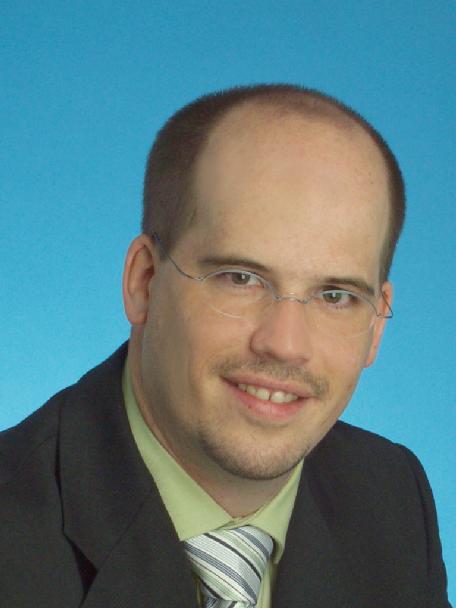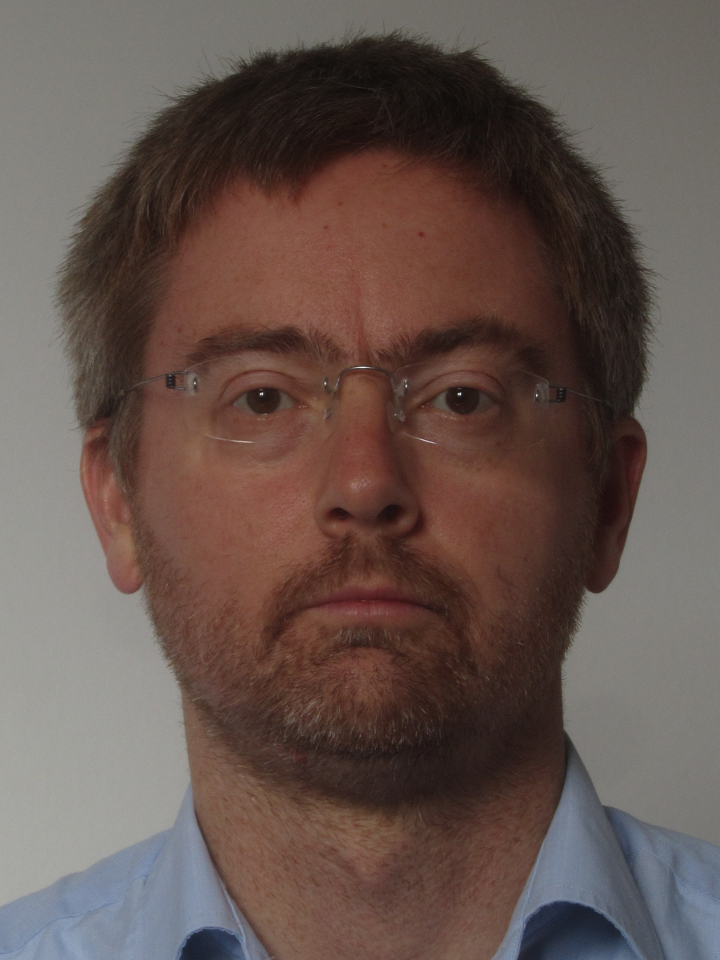Program
Invited talks
Keynote Lecture by Ingo Wald, Intel Visual Computing Institute in Saarbruecken
Ray Tracing for Interactive Rendering and Visualization -- Are we done, yet?
Over the last decade commodity compute hardware has undergone a
radical change from mostly-scalar CPUs and relatively "dumb"
fixed-function graphics chips to CPUs and fully programmable
accelerators that have all become massively parallel, and incredibly
powerful. Ray tracing in particular has greatly benefited from this
trend towards ever more powerful hardware, and has slowly made its way
into ever more applications in both rendering and visualization;
however, the underlying hardware changes have also created new
challenges that were mostly unknown to ray tracing systems 10 years
ago. In this talk, we review how ray tracers - and ray tracing
research - have changed over the course of these hardware
changes. After taking a closer look at what is possible today we then
focus on some of the big challenges that are now still ahead of us.

Ingo Wald is a senior research scientist at Intel Labs. After
receiving his PhD from Saarland University he first worked as a
post-doctoral researcher at the Max Planck Institute for Informatics
in Saarbruecken, followed by two years as a Research Professor at the
Scientific Computing and Imaging Institute (SCI) and School of
Computing at the University of Utah. Since 2005 Ingo is working for
Intel Labs, where his work revolved around all aspects of
high-performance ray tracing, rendering, and visualization (in
particular on current and upcoming compute hardware), photo-realistic
rendering, hardware architectures for high-performance graphics, and
SPMD compiler technology for such architecture.
Keynote Lecture by Xavier Martorell, Barcelona
Supercomputing Center and Universitat Politecnica de Catalunya.
OmpSs: Programming Heterogeneous Architectures with
the Reuse of OpenCL and CUDA Kernels
OmpSs is a directive-based programming model supporting OpenMP, and
including task dependencies and support for accelerators (GPUs, MIC,
FPGAs). In this talk, we will focus on the analysis and evaluation we
have done on the Cholesky benchmark, as well as several OpenCL/CUDA
benchmarks (heartwall, CFD, matrix multiply, julia set, krist, and
nbody). Our experience shows that while annotating applications with
OmpSs, the programmer needs to concentrate on each particular task
data set. For each one, the programmer indicates whether it is used as
input, or output, and provides the OmpSs compiler with the proper
directionality hint. Those hints are then fed into the runtime system,
allowing the application to proceed fast through its critical path,
and unveiling distant parallelism. Those same hints can also be used
to target accelerators, as they describe the data regions accessed by
tasks, and whether they are read and/or written. In addition, OmpSs
leverages the use of previously available - optimized - OpenCL and/or
CUDA kernels. During the presentation, we will examine the code
annotations, and transformations needed, and the evaluation of the
resulting codes.

Xavier Martorell received the M.S. and Ph.D. degrees in Computer
Science from the Technical University of Catalunya (UPC) in 1991 and
1999, respectively. He has been an associate professor in the Computer
Architecture Department at UPC since 2001, teaching on operating
systems. His research interests cover the areas of parallelism,
runtime systems, compilers and applications for high-performance
multiprocessor systems. Since 2005 he is the manager of the team
working on Parallel Programming Models at the Barcelona Supercomputing
Center. He has participated in several european projects dealing with
parallel environments (Nanos, Intone, POP, SARC, ACOTES). He is
currently participating in the ENCORE, Mont-Blanc and DEEP European
Projects, and the HiPEAC3 Network of Excellence.
Schedule
dowload as pdf
Saturday, May 4
|
|
|
|
|
|
14.30
|
Distributed parallel processing. Chair: B. Raffin
|
|
| GPU Acceleration of
Particle Advection Workloads in a Parallel,
Distributed Memory Setting |
D.
Camp, H. Krishnan, D. Pugmire, C. Garth,
E. W. Bethel, K. Joy,
H. Childs and I. Johnson |
In-Situ Pathtube Visualization with Explorable
Images |
Y. Ye,
R. Miller and K.-L. Ma |
Scalable Parallel Feature Extraction and
Tracking for Large Time-varying 3D Volume Data |
Y. Wang,
H.Yu and K.-L. Ma |
|
|
|
|
|
|
16.30
|
Keynote by Xavier
Martorell, Barcelona Supercomputing Center and
Universitat Politecnica de Catalunya: OmpSs:
Programming Heterogeneous Architectures with the
Reuse of OpenCL and CUDA Kernels
|
|
|
|
|
|
Sunday, May 5
|
|
9.00
|
Visualization. Chair: C. Hansen
|
|
| Scalable Seams for
Gigapixel Panoramas |
S. Philip,
B. Summa,
J. Tierny, P.-T. Bremer and
V. Pascucci |
Rendering Molecular Surfaces using
Order-Independent Transparency |
D.
Kauker, G. Reina,
M. Krone, T. Ertl and
A. Panagiotidis |
VtkSMP: Task-based Parallel Operators for VTK
Filters |
M. Ettinger
and B. Raffin |
Practical Parallel Rendering of Detailed Neuron
Simulations |
J. B.
Hernando,
J. Biddiscombe,
B. Bohara, S. Eilemann
and F. Schumann |
|
|
|
|
|
|
11.30
|
Keynote by Ingo Wald,
Intel Visual Computing Institute in Saarbruecken:
Ray Tracing for Interactive Rendering and Visualization. Are we done, yet?
|
|
|
|
|
14.00
|
Ray Tracing. Chair: I. Wald
|
|
Analysis of Cache Behaviour and Performance of
different BVH Memory Layouts for Tracing
Incoherent Rays |
S. Widmer, D. Wodniok,
A. Schulz and
M. Goesele |
Image-parallel Ray Tracing using OpenGL
Interception |
C. Brownlee,
T. Ize and C. Hansen |
| TVCG
Invited Paper: |
Reconstructing the Curve-Skeletons of 3D Shapes
Using the Visual Hull |
M. Livesu,
F. Guggeri and R. Scateni |
|
|
|
|
|
|
|
|
|

